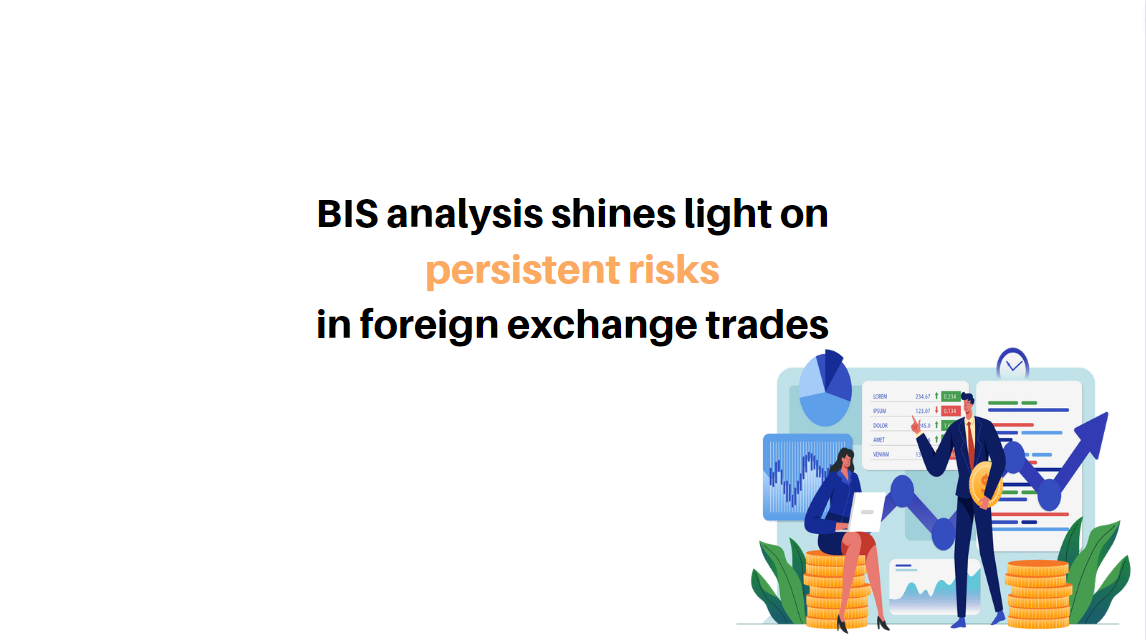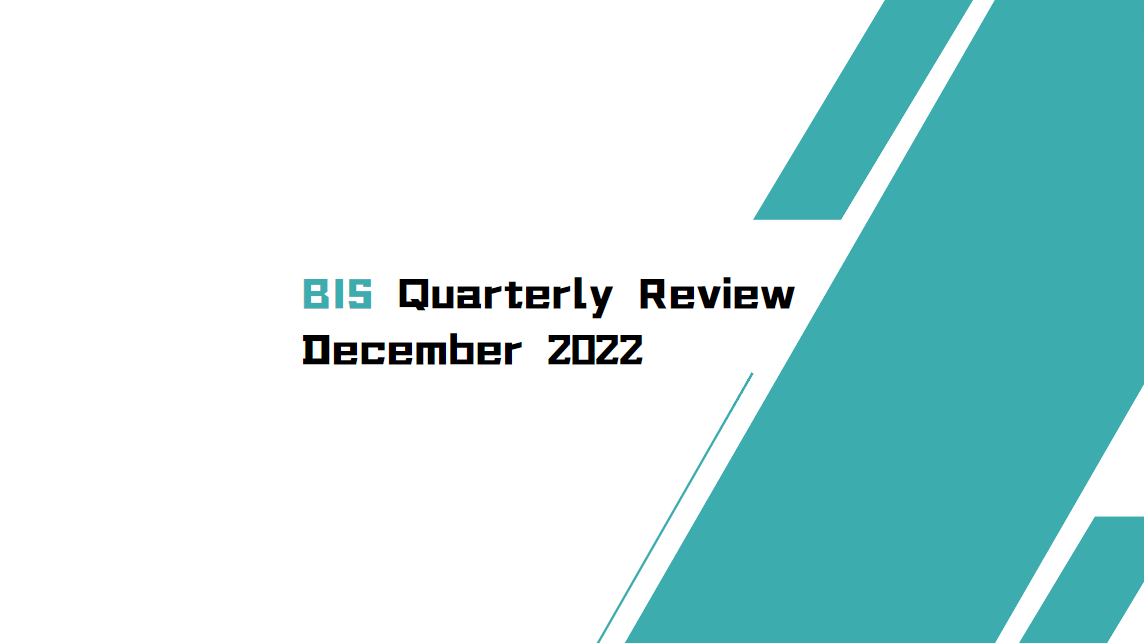Assessing the Relative Progressivity of the Biden Administration’s Federal Student Loan Forgiveness Proposal
Download the file → PDF
Abstract
We quantify the total stock of balances eligible for the 2022 federal student loan forgiveness policy and explore which groups benefit most. Roughly $441 billion in balances are eligible for forgiveness, which would leave almost 40 percent of federal borrowers with no remaining balance. The borrowers who benefit most, as measured by the ratio of forgiven balances to balances held, are younger, have lower credit scores, and live in lower-income neighborhoods. Compared to other salient fiscal policies, the forgiveness policy distributes less benefit to lower income ZIP codes than the Earned Income Tax Credit, but more benefit to lower income ZIP codes than the 2019 Child Tax Credit and the 2019 education tax credits for higher education. Lastly, we note a recent uptick in credit card and auto loan delinquency for student loan borrowers that may portend more widespread payment difficulties for borrowers if payments resume without relief.
Key words: student loans, debt forgiveness, COVID-19, consumer finance
Author: Daniel Mangrum , Jacob Goss and Joelle Scally





















































First, please LoginComment After ~